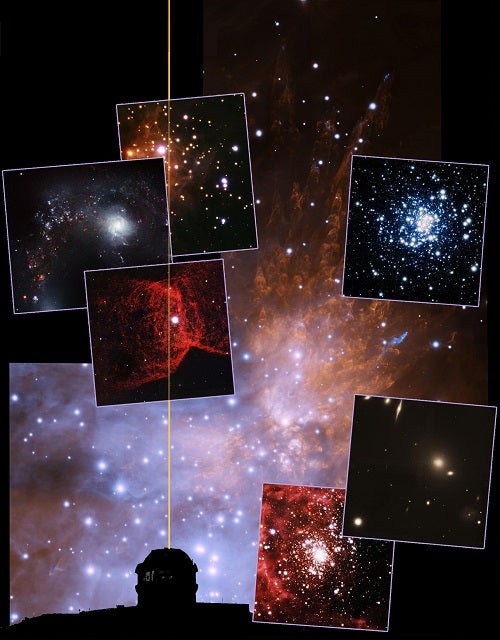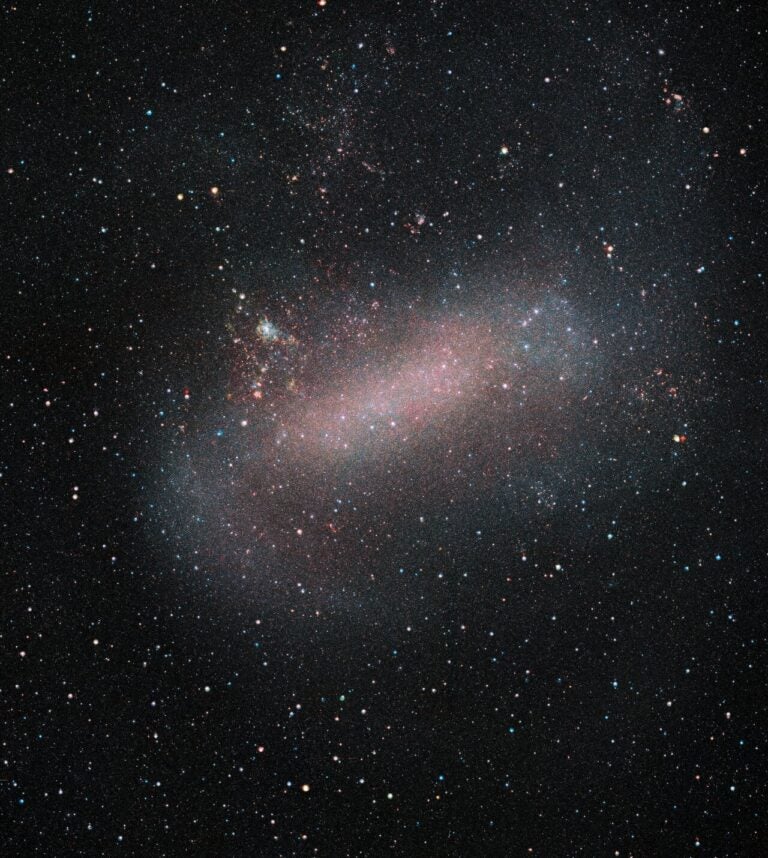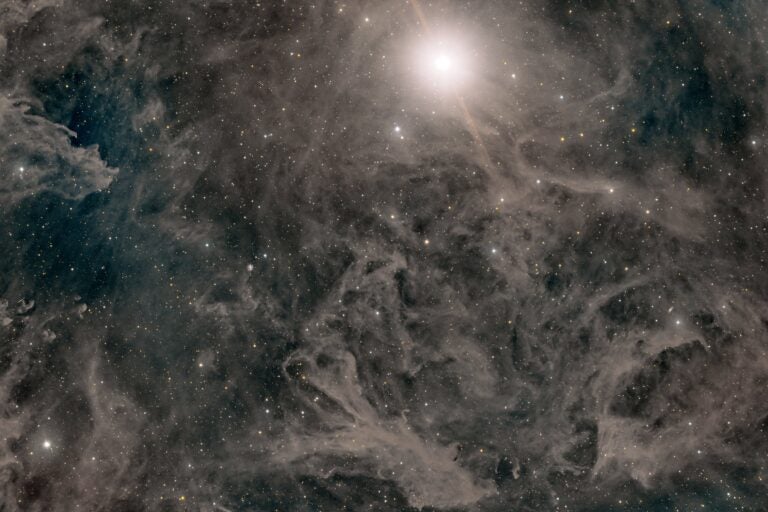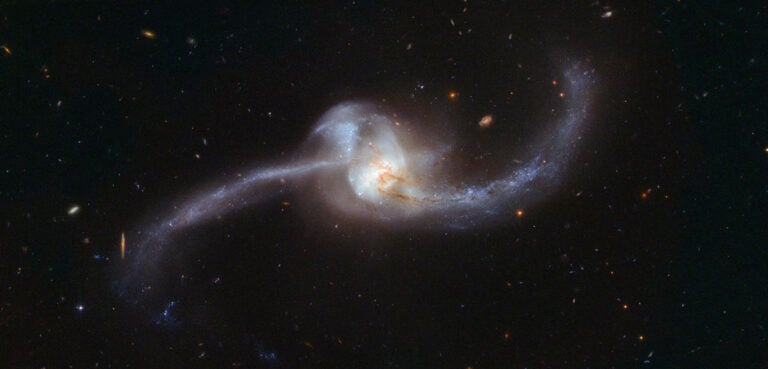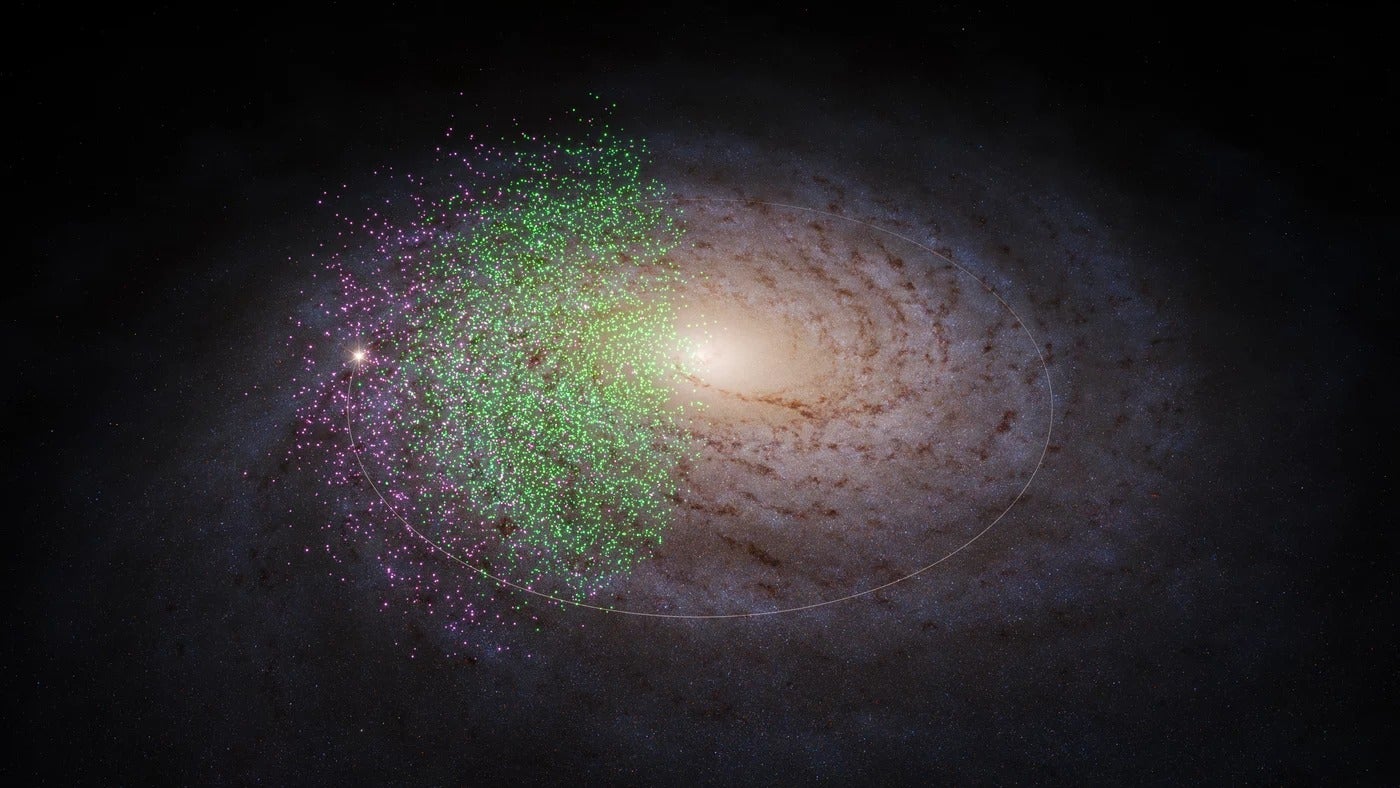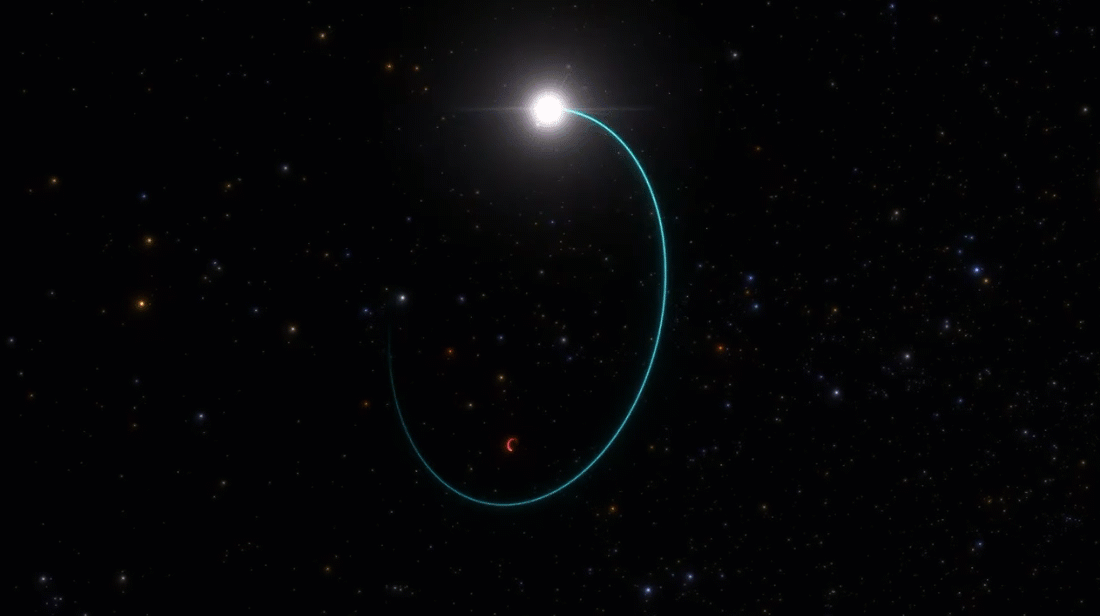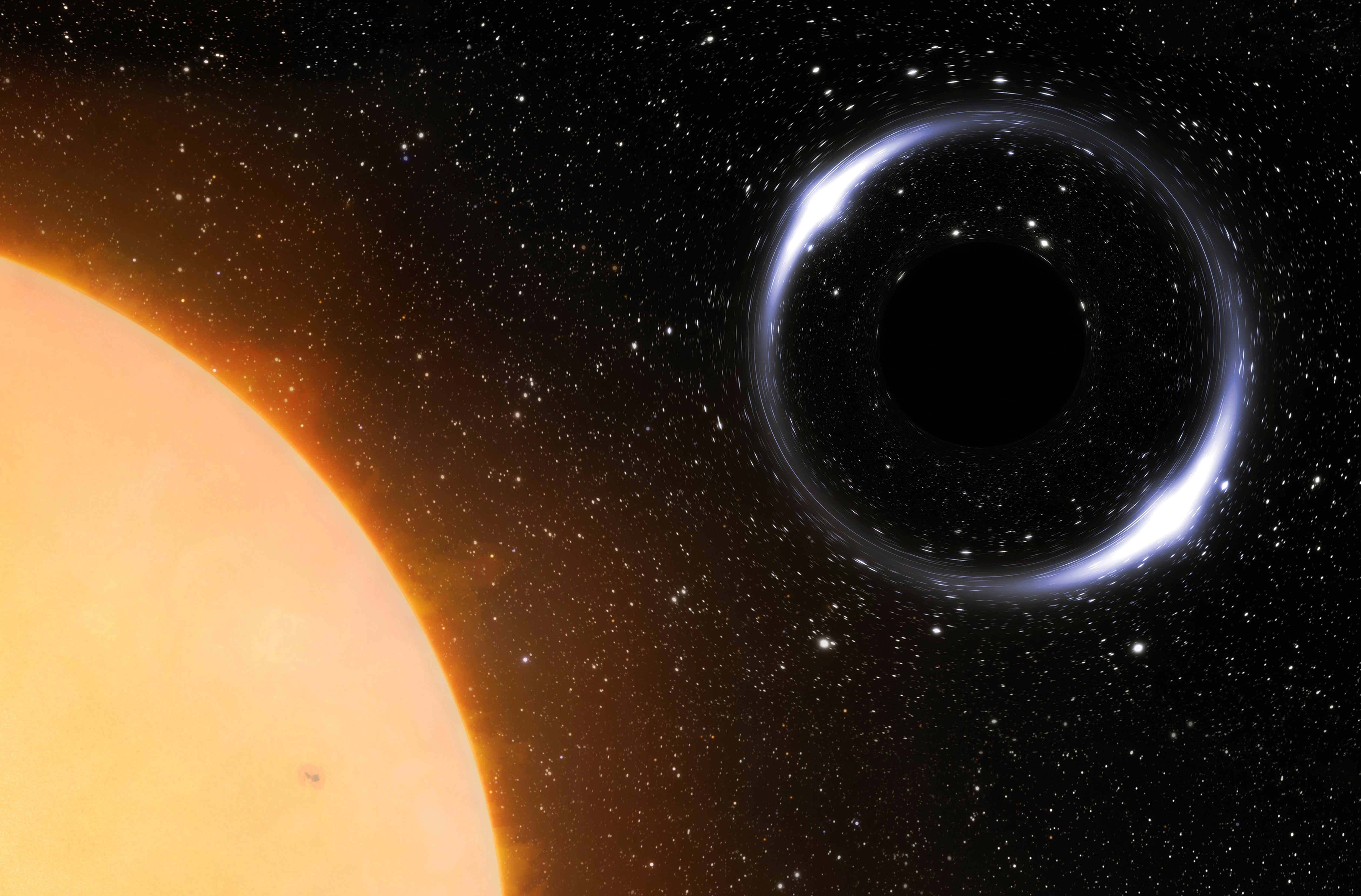After more than a decade in development, the system, now in regular use at the Gemini South Telescope in Chile, is streaming ultra-sharp data to scientists around the world — providing a new level of detail in their studies of the universe. The images now being made public show the scientific discovery power of GeMS (derived from the Gemini Multi-conjugate adaptive optics System), which uses a potent combination of multiple lasers and deformable mirrors to remove atmospheric distortions (blurriness) from ground-based images.
Unlike previous adaptive optics (AO) systems, GeMS uses a technique called “multi-conjugate adaptive optics” (MCAO), which not only captures more of the sky in a single shot (between 10 and 20 times more area of sky imaged in each “picture”) but also forms razor-sharp images uniformly across the entire field, from top to bottom and edge to edge. This makes Gemini’s 8-meter mirror 10 to 20 times more efficient, giving astronomers the option to either expose deeper or explore the universe more effectively with a wider range of filters, which will allow them to pick out subtle yet important structural details never seen before.
“Each image tells a story about the scientific potential of GeMS,” said Benoit Neichel, who led the GeMS commissioning effort in Chile. According to Neichel, the targets were selected to demonstrate the instrument’s diverse “discovery space” while producing striking images that would make astronomers say, “I need that!”
The first data coming from GeMS are already making waves among astronomers across the international Gemini partnership. Tim Davidge, an astronomer at Canada’s Dominion Astrophysical Observatory, with funding by the Canadian National Research Council, studies populations of stars within galaxies beyond our Milky Way. His work requires extreme resolution to see individual stars millions of light-years away. “GeMS sets the new cool in adaptive optics,” said Davidge. “It opens up all sorts of exciting science possibilities for Gemini while also demonstrating technology that is essential for the next generation of ground-based mega-telescopes. With GeMS, we are entering a radically new and awesome era for ground-based optical astronomy.”
Stuart Ryder of the Australian Astronomical Observatory, with funding through the Australian Research Council, whose work requires crisp images of distant galaxies to reveal exploding stars (supernovae), also anticipates the potential of GeMS for his research. But mostly he’s blown away by the raw technology involved. “I was fortunate enough to witness GeMS/GSAOI in action, and I was awestruck by the sight of the yellow-orange laser beam piercing the clear, moonlit night,” said Ryder. “When one considers all the factors that have to work together, from clear skies to a steady stream of meteors burning up in the upper atmosphere sprinkling enough sodium atoms to be excited by the laser — it’s wonderful to see it all come together.”

